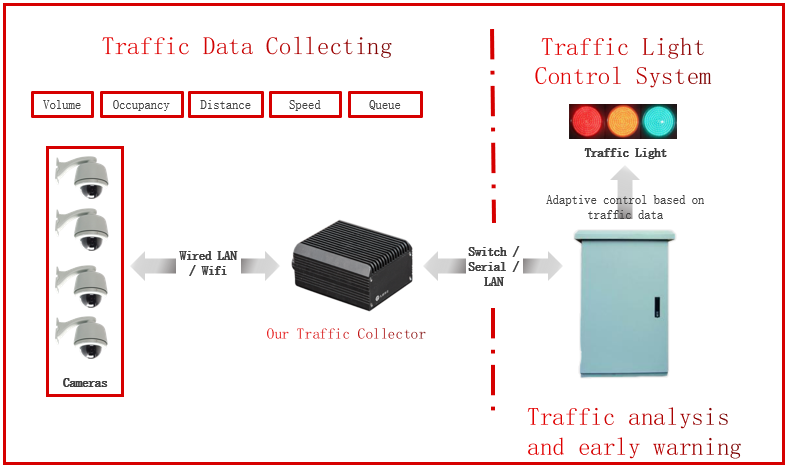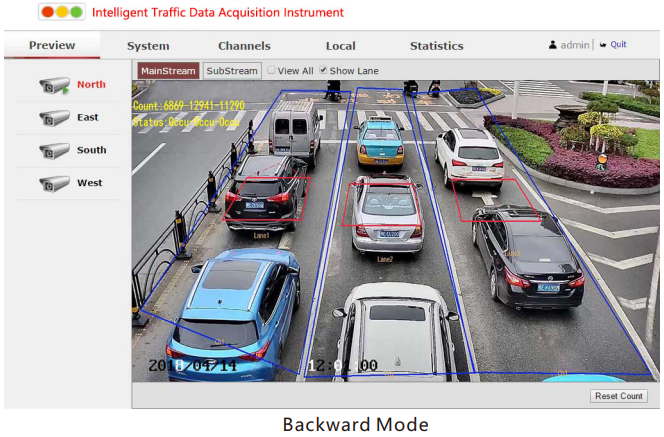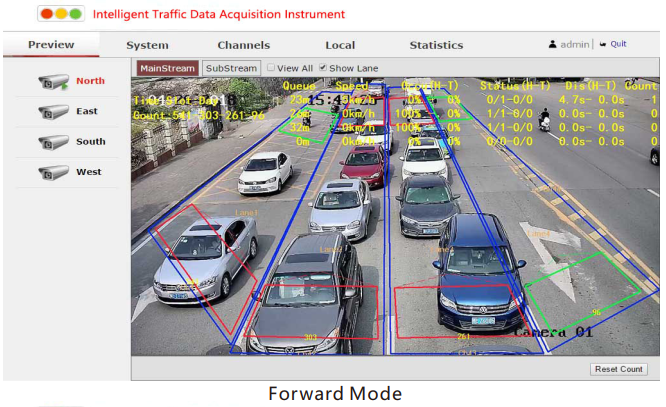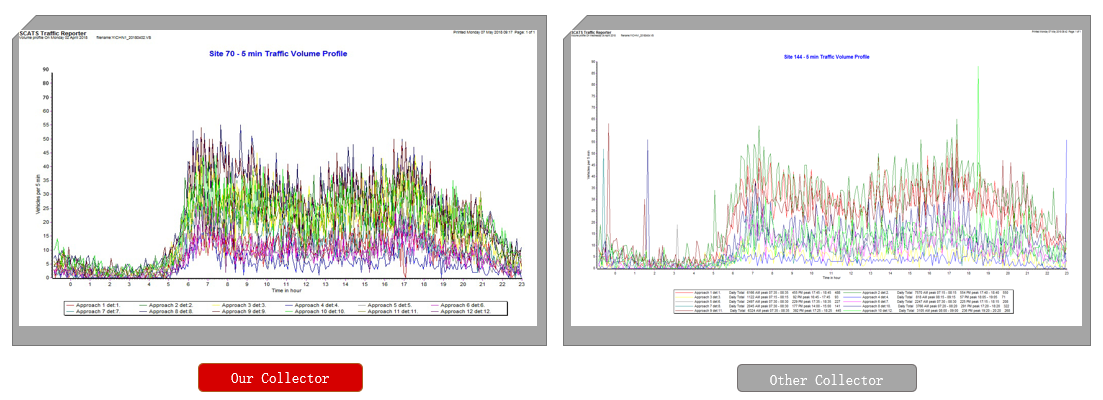Overview
QuuGan Smart Traffic Data Collector
Traffic lights are controlled by signal machines, which serve as the brains of traffic lights. However, these brains require a pair of eyes that can see and understand the traffic situation at intersections in order to function intelligently. These eyes are the vehicle detectors. The most traditional vehicle detector is the inductive loop, but it has gradually been phased out due to its significant damage to the road surface and high maintenance costs. In recent years, the magnetic sensor has been popular, but it has inherent problems, such as frequent wireless communication failures, low accuracy, and high failure rates.

Video detection, due to its excellent non-contact nature, is the next trend in development. However, all video detectors currently on the market use front-end cameras to achieve detection, which on the one hand results in significant waste of hardware resources (as countless types of cameras have already been installed on road traffic poles), and on the other hand, installation and construction still affect traffic and take time and effort. To solve these two problems, I have insisted on the idea of edge processing since the beginning of research and development, based on existing camera resources, and providing intelligent vehicle detection functions for old cameras through edge devices. Our vehicle detectors are small and can be easily placed in the police electronic police cabinet at intersections, with almost zero installation costs, perfectly solving the above two problems.


Using video processing algorithms based on deep learning, it can ensure accurate detection of devices in various complex environments around the clock. The accuracy of vehicle traffic detection reaches over 94% in special environments and over 97% in ordinary environments. It has strong compatibility and can seamlessly connect with many well-known manufacturers' signal lights at home and abroad. It has good environmental adaptability, built-in shadow removal, automatic day-night switching, and suppression algorithms for harsh environments such as rain, snow, fog, tree shadows, and reflections, and can learn independently, easily coping with frost, rain and snow. It meets the diversified needs of different application scenarios, supports both forward and backward detection modes, and can also combine the two modes to be applied flexibly. Through embedded industrial design, fault tolerance, and self-maintenance mechanisms, the reliability of equipment operation is guaranteed.

To adapt to the development trend of edge hardware, in the first version of the algorithm, I used 80% traditional algorithm + 20% deep learning to cooperate with the lower hardware configuration a few years ago, while in the new version of the algorithm in the past two years, I used 20% traditional algorithm + 80% deep learning mechanism, so that better hardware configuration can be used to drive more powerful digital and intelligent functions.
Practical Demos

Parking Space Detection
It is a part of the wireless intelligent parking lot management system. A vehicle is attempted to be recognized to judge if corresponding space is occupied.

Illegal Parking Automatic Capture System
High accurate vehicle detection and license plate recognition are combined, together with in-between automatic 3D PTZ zoom-in operation, to capture illegally parked vehicles 24/7.

Traffic Volume Statistics
Video-based vehicle detectors are installed at every traffic intersection. By detecting and following all vehicles passing by, they can calculate the traffic volume according to a virtual counting gate.

Vehicle Recognition and Tracking (Night)
Vehicles are recognized from each frame based on their distinctive pairing headlights. The headlights are then followed through time by the geographical continuity and shape consistency.

Vehicle Recognition and Tracking (Daytime)
Vehicles are recognized from each frame based on their distinctive feature properties. They are then followed through time by the consistency of their appearances.